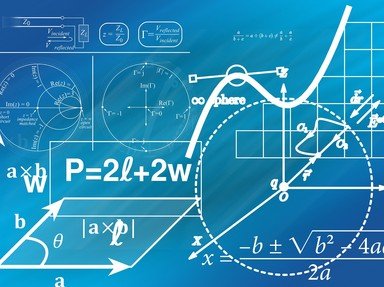
Numb and Number Trivia Quiz
Number spaces large and small
Mathematical operations often involve numbers of very different kinds - from simple to those hard to grasp or even to imagine. Here are ten (most probably infinite) sets of numbers, with each larger one including all smaller ones, to put in order.
An ordering quiz
by WesleyCrusher.
Estimated time: 3 mins.